Folding Foldables
These tools are of extreme value to foldable brands and can not only test potential devices before consumers get their hands on them, but are instrumental in establishing standards for foldables, as many such longer-lasting tests of consumer devices are done through extrapolation, rather than full testing. In fact when the original Samsung Galaxy Fold was tested, the results showed that the device worked normally through 265,741 folds, but the flexible PCB and the associated chips were the components first to develop problems, not the display or the TFT layer, and while the device was successfully folded over 260,000 times, brightness abnormalities began to show at 160,000 folds, despite the fact that there were no defects in the display itself.
Surveys on smartphone usage vary considerably, with age group rankings ranging from 18x/day for the ‘silent’ generation to 63x/day for millennials, to 79x/day for Gen X, but an Asurion (pvt) survey (they provide smartphone damage insurance) showed that the average American checked their phone (11/2019) 96 times/day, up 20% from the same survey done two years before, and while that seems like a staggering amount, the math says a foldable with a lifetime of 200,000 folds should last 5.7 years, which is more than twice the average life of a smartphone (2.5 yrs.), unless ‘foldy’ says otherwise..
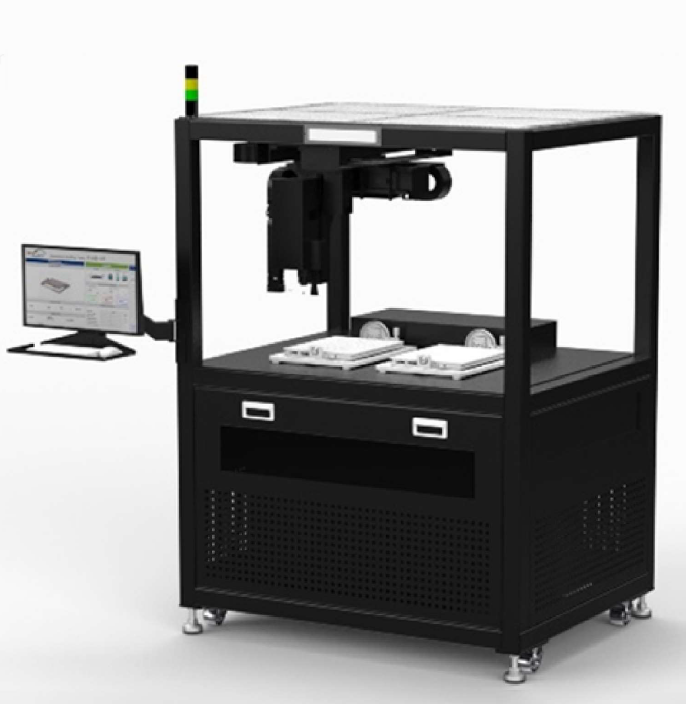
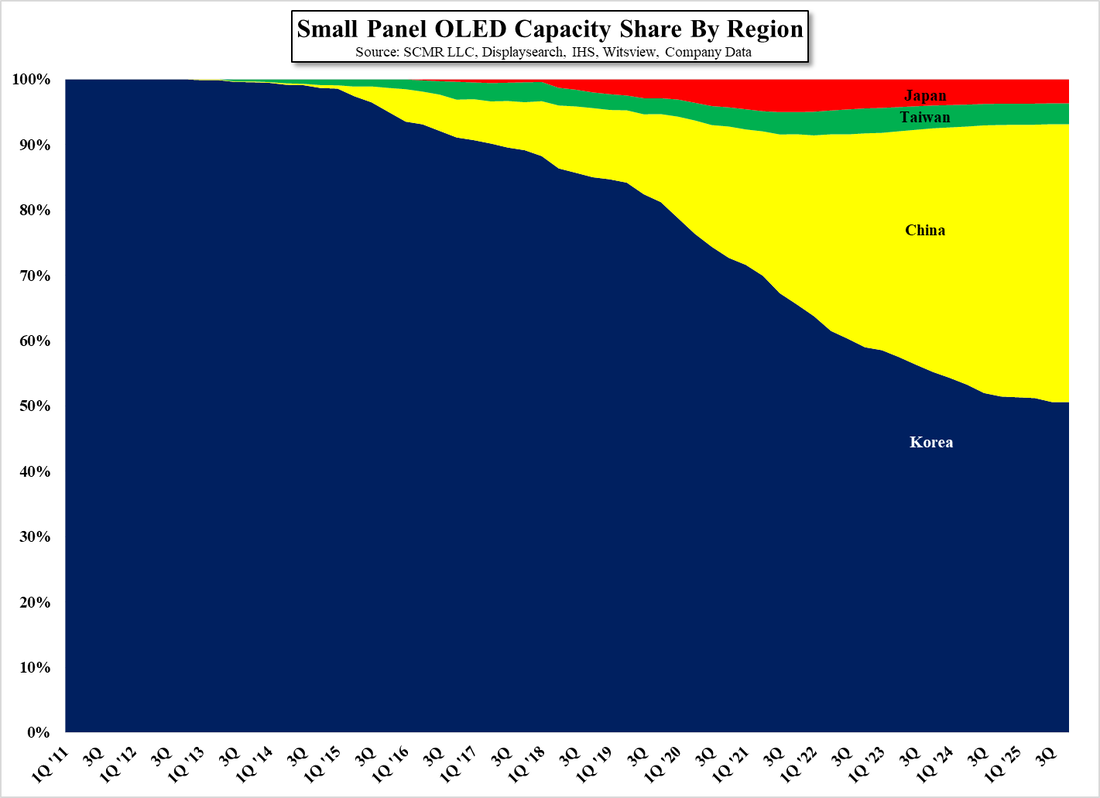


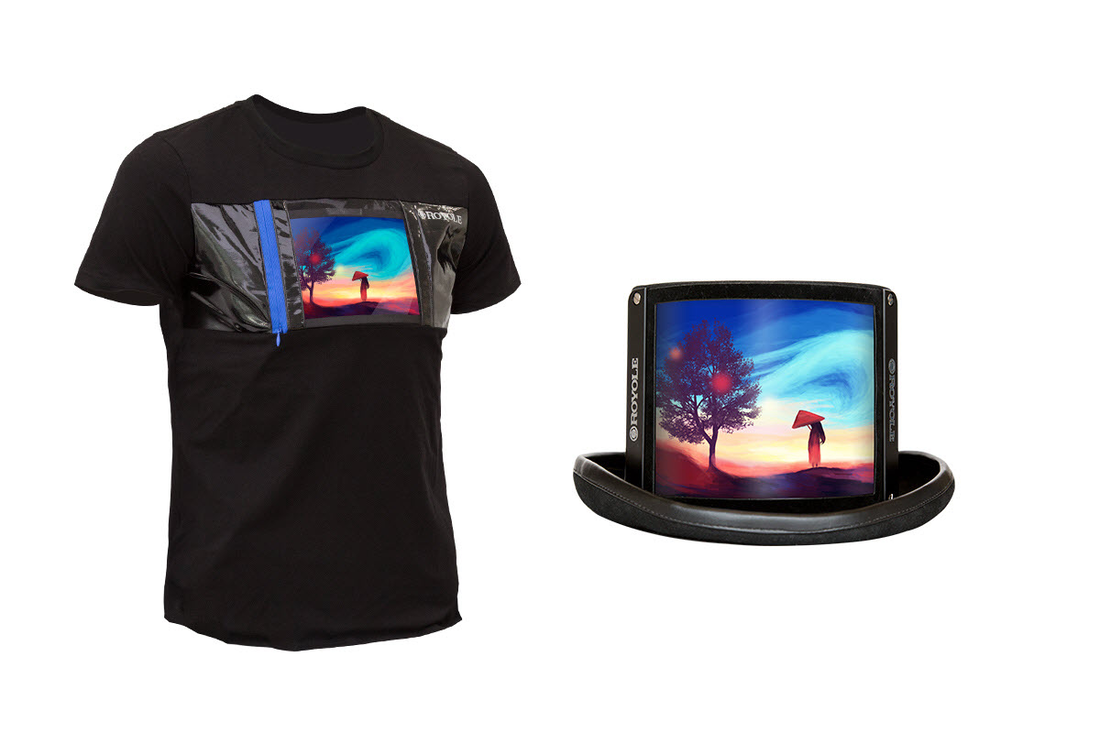
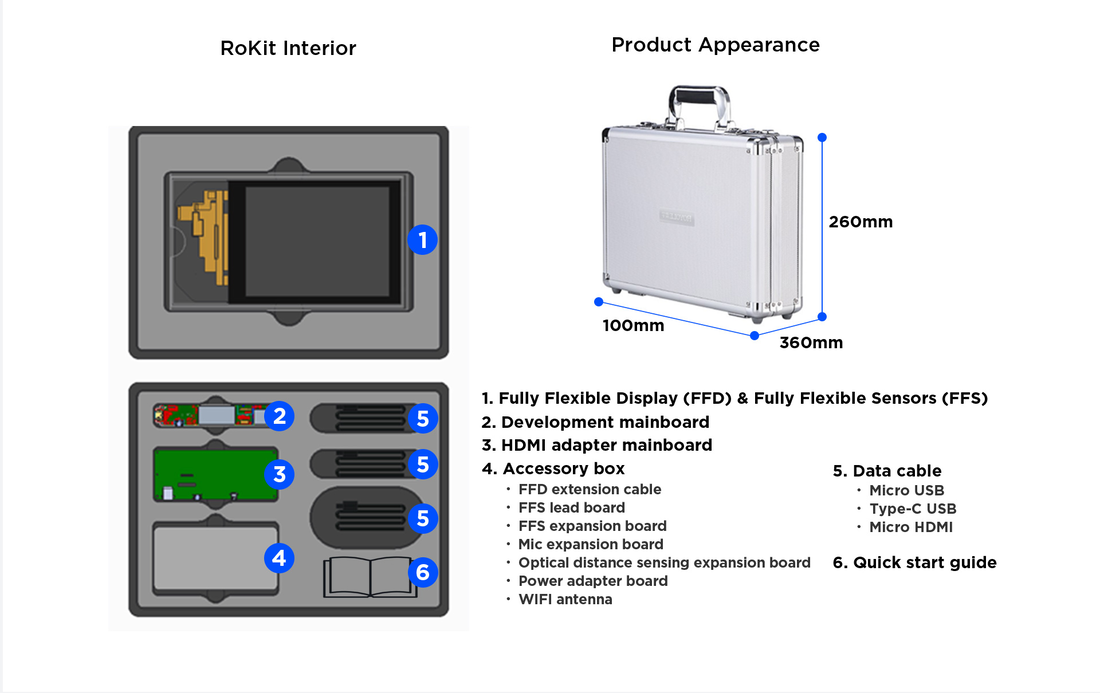



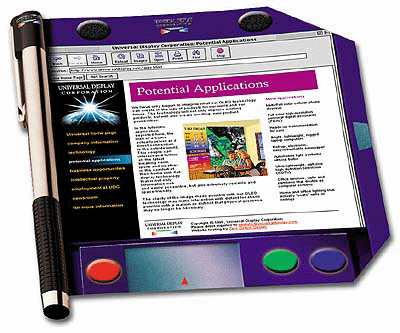

 RSS Feed
RSS Feed